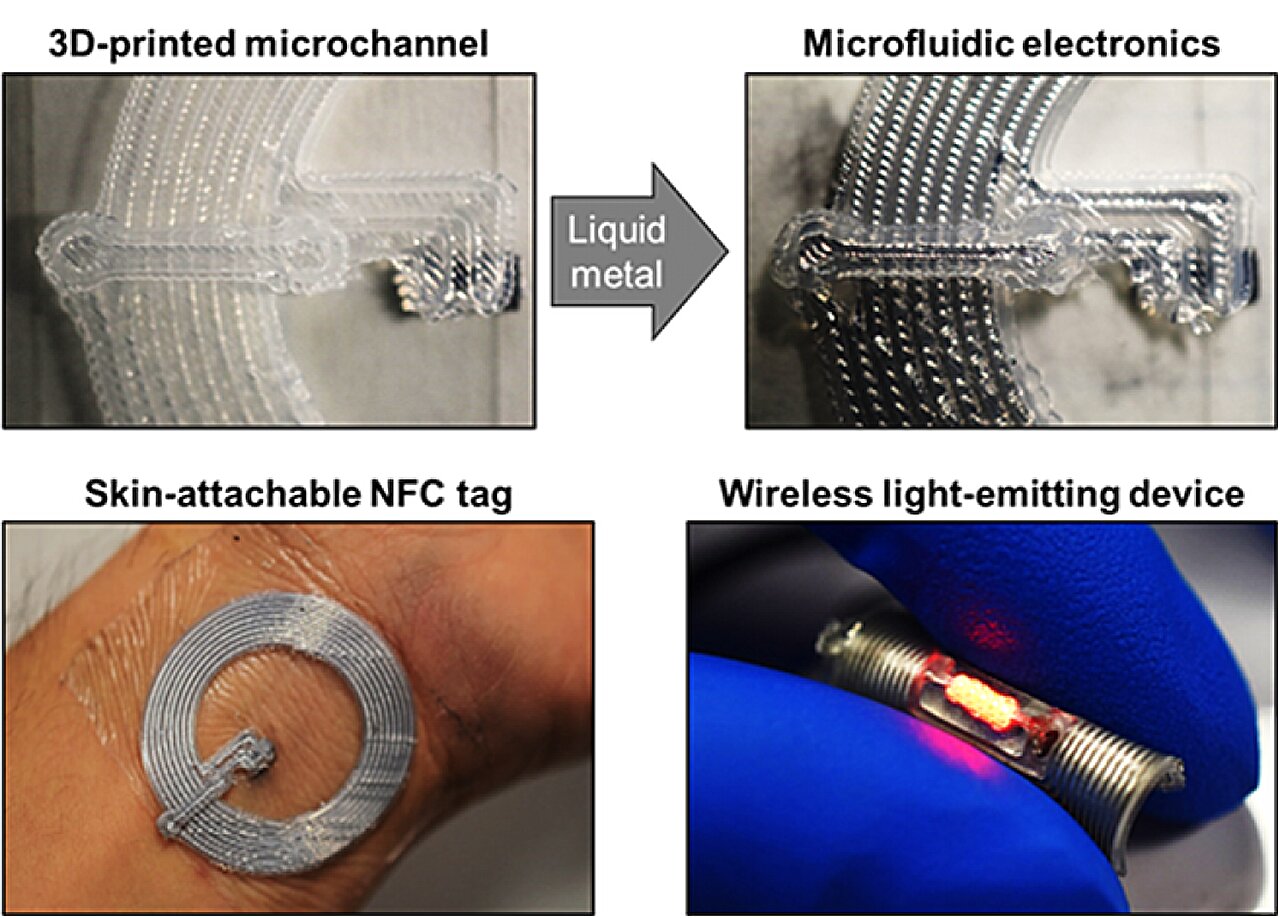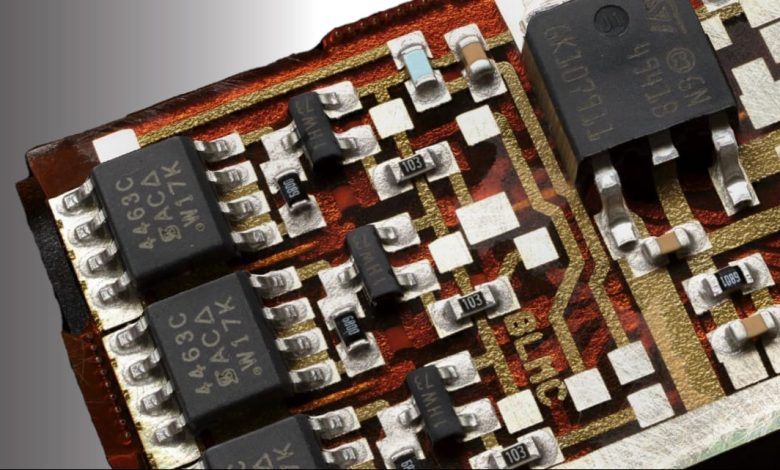Creality Ender 3 V3 SE 3D Printer, 250mm/s Faster FDM 3D Printers with CR Touch Auto Leveling, Sprite Direct Extruder Auto-Load Filament Dual Z-axis & Y-axis, Printing Size 8.66 * 8.66 * 9.84 inch
$229.00 (as of April 19, 2025 01:17 GMT +00:00 - More infoProduct prices and availability are accurate as of the date/time indicated and are subject to change. Any price and availability information displayed on [relevant Amazon Site(s), as applicable] at the time of purchase will apply to the purchase of this product.)Have you ever wondered how advancements in 3D printing could reshape the way we create and recycle materials?
Researchers 3D Print Using Polymer Ink and Salt Water Solution

Buy Photon Mono M5 Get Free 1KG Resin
A Revolutionary Development at UC San Diego
Imagine a world where solid structures can be created sustainably and dissolved back into their liquid state for reuse. It’s not science fiction; it’s happening right at the University of California San Diego (UC San Diego). Engineers there have devised a 3D printing method using a polymer ink combined with a salt water solution, yielding a process that’s groundbreaking in more ways than one.
The Core Components: PNIPAM and Salt Water
At the heart of this innovation lies a polymer ink called poly(N-isopropylacrylamide), abbreviated as PNIPAM. When this ink is extruded into a salt water solution – specifically, calcium chloride – it undergoes an instantaneous transformation. The salting-out effect is the driver here, a phenomenon where salt ions draw water molecules out of the polymer solution. This rapid exodus of water causes the hydrophobic polymer chains in the PNIPAM to aggregate tightly, forming a solid structure almost immediately.

$30 off $400+ Anycubic Products with code AC30OFF
The Salting-Out Effect: Nature’s Magic
When we talk about the salting-out effect, we’re venturing into the territory of physical chemistry where salt ions have a significant attraction to water molecules. They essentially “steal” the water from the polymer solution. Without the water, the polymer chains in PNIPAM can no longer remain in their dispersed state and thus precipitate into a solid mass. This transformation happens at room temperature and doesn’t require any additional heat, pressure, or toxic chemicals. Some might say it’s almost like a conjuring trick, but rooted in the science of molecular interactions.
Sustainable 3D Printing at Room Temperature
Traditional methods for solidifying polymers are often complex and energy-intensive. They usually involve applying heat, pressure, or using harsh chemicals. Not so with this groundbreaking method. Here, PNIPAM and salt water interact under ambient, everyday conditions. This not only makes the process simpler but also remarkably more sustainable. The reduced energy consumption and avoidance of toxic substances align well with growing environmental concerns.
Comparison Between Traditional and New 3D Printing Methods
| Aspect | Traditional Methods | New PNIPAM and Salt Water Method |
|---|---|---|
| Energy Requirement | High (heat and pressure) | Low (room temperature) |
| Chemical Use | Often harsh and toxic | Non-toxic |
| Simplicity | Multistep and complicated | Simple, straightforward |
| Environmental Impact | Significant due to energy and chemicals | Minimal |
| Recyclability | Limited or complex | High (can revert to liquid form) |
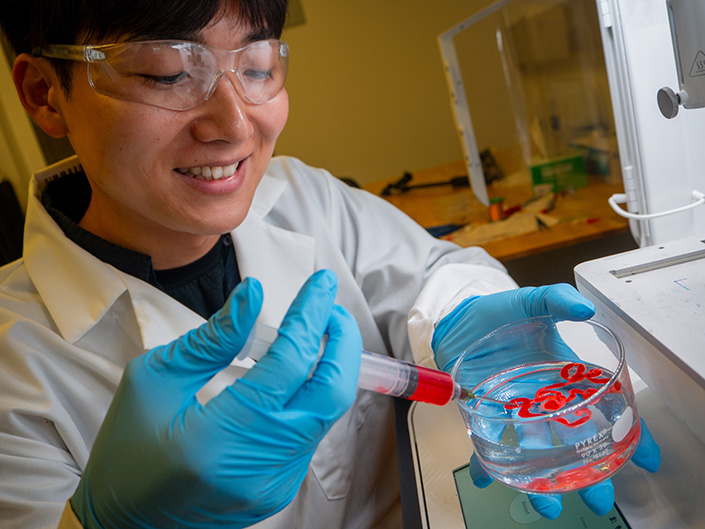
Innovation That Reverts to Its Original Form
One of the most fascinating aspects of this technique is its reversibility. The solid structures created using PNIPAM and salt water can be easily dissolved in freshwater. This ability to revert to a liquid state means the PNIPAM ink can be reused for further 3D printing. Imagine the potential this holds for reducing waste and promoting recycling in the manufacturing industry. As Jinhye Bae, a professor at UC San Diego, aptly points out, it offers a simple and environmentally friendly approach to recycling polymer materials.
Versatility in Applications: From Circuits to Comprehensive Structures
But why stop at just creating simple structures? The versatility of this method allows for a wide array of applications. Researchers at UC San Diego have demonstrated its potential by printing structures embedded with other materials. One standout example involved combining PNIPAM ink with carbon nanotubes to print an electrical circuit, which successfully powered a light bulb. Even more impressive, like other structures printed with this method, the circuit could be dissolved in freshwater, showcasing the exciting potential for creating recyclable and water-soluble electronic components.
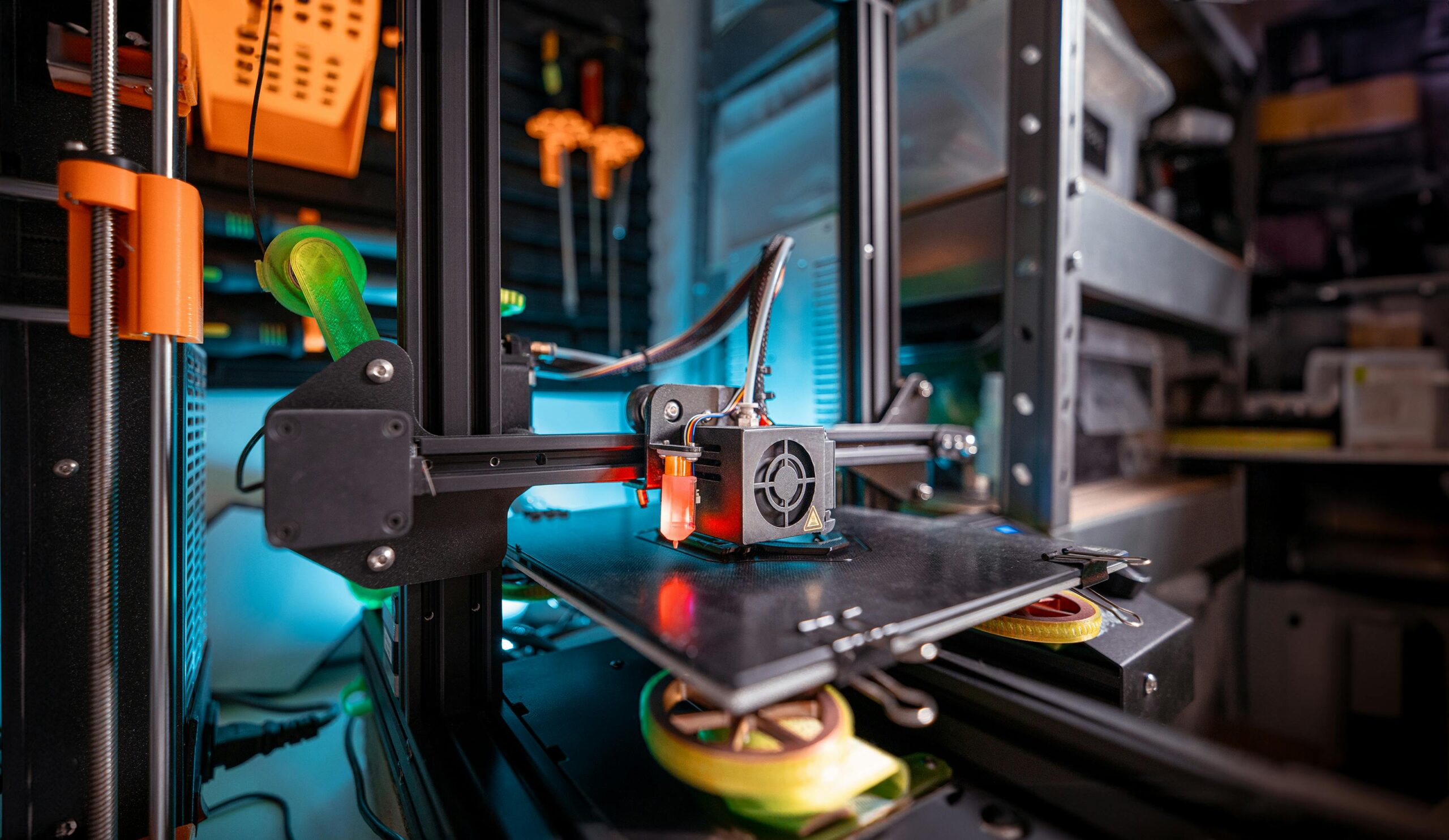
Funding and Future Prospects
The research isn’t just a flash in the pan; it’s been backed by substantial funding. This work received support from the National Science Foundation through the UC San Diego Materials Research Science and Engineering Center, as well as grants from the Ministry of Education in Korea. This kind of financial backing underscores the significance and potential of the research.
Funding Sources
| Organization | Grant/Support Description |
|---|---|
| National Science Foundation | UC San Diego Materials Research Science and Engineering Center (DMR-2011924) |
| Ministry of Education, Korea | Basic Science Research Program (RS-2023-00241263) |
The Bigger Picture: A Sustainable Future
The achievements at UC San Diego are more than just academic; they represent a leap toward sustainable manufacturing. The use of simple, readily available materials like PNIPAM and salt water to create and recycle structures could change how industries approach 3D printing. It aligns perfectly with broader efforts to make manufacturing processes more eco-friendly and less dependent on energy-intensive methods.
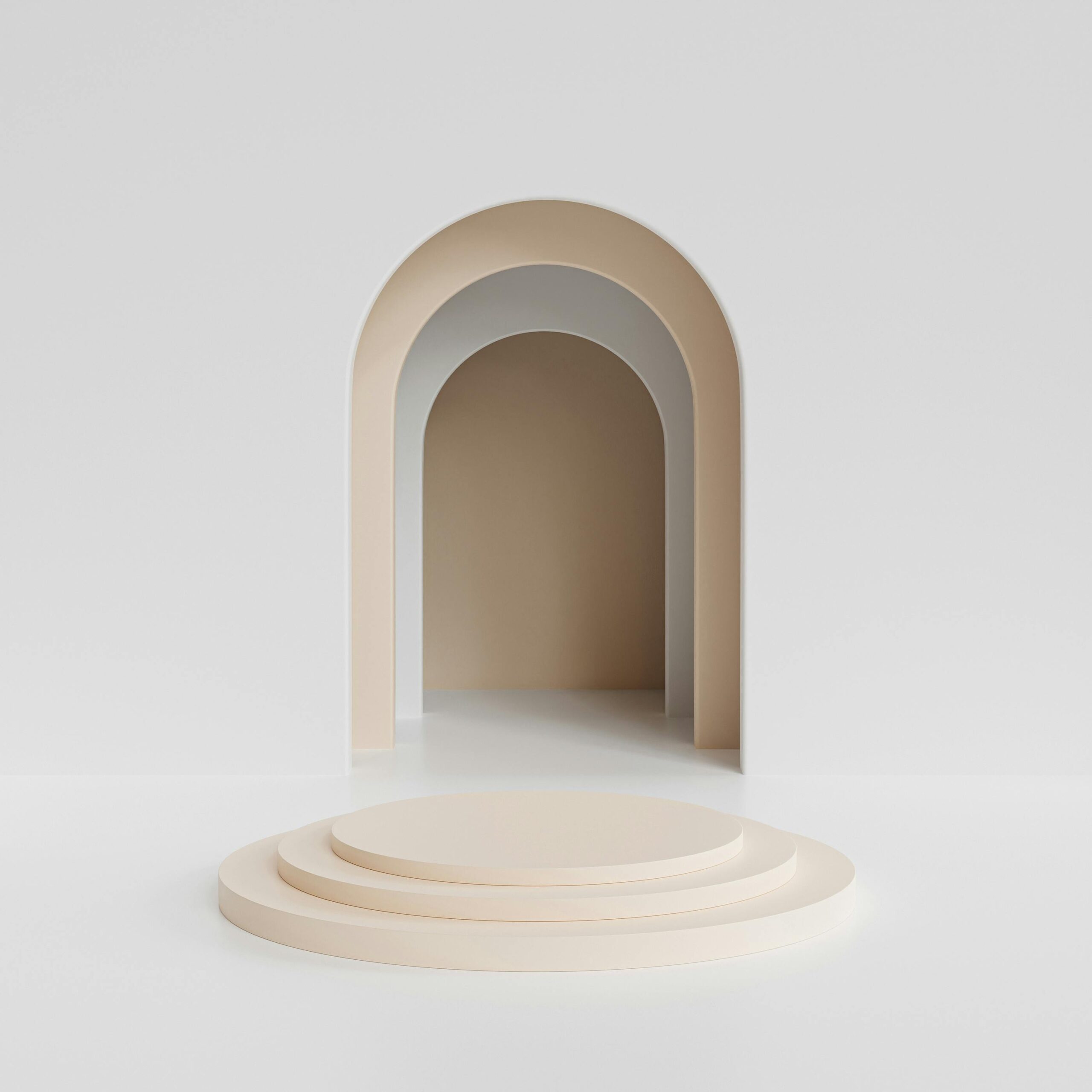
Collaborative Efforts: A Global Initiative
This pioneering work isn’t confined to UC San Diego alone. It’s a collaborative effort, with co-authors including Joseph Liu, Jiayu Zhao, Minghao Li, and Yumi Rho from UC San Diego, along with Hwanshoo Shing and Tae Hee Han from Hanyang University in South Korea. Such international cooperation further emphasizes the global importance of sustainable practices in science and engineering.
Key Contributors
| Researcher | Affiliation |
|---|---|
| Donghwan Ji | UC San Diego |
| Joseph Liu | UC San Diego |
| Jiayu Zhao | UC San Diego |
| Minghao Li | UC San Diego |
| Yumi Rho | UC San Diego |
| Hwanshoo Shing | Hanyang University |
| Tae Hee Han | Hanyang University |
Applications Beyond the Laboratory
The implications of this research go well beyond the confines of a laboratory. The ability to print dissolvable and reusable structures can revolutionize various fields, from industrial manufacturing to electronic components and even bioprinting. It opens new avenues for creating temporary structures that can be easily removed or repurposed, reducing waste and cost.
Potential Industrial Impact
From Consumer Products to Aerospace
Consumer products, aerospace, automotive, and even medical fields stand to benefit significantly from this technology. For instance, in the consumer products sector alone, additive manufacturing (AM) generated $2.6 billion in 2023 and is expected to grow to $28 billion by 2033 at a 26.8% CAGR. A more sustainable method of 3D printing could further accelerate this growth by appealing to environmentally conscious industries and consumers alike.
Future Research and Development
While the current achievements are impressive, they are by no means the end of the road. Future research will likely explore the potential of combining PNIPAM with other materials to create even more versatile and functional structures. There’s also the possibility of scaling up the process for larger, more complex applications. Additionally, there may be further refinement of the technique to enhance the speed and efficiency of the printing process, making it even more practical for industrial use.
Conclusion: A New Era in 3D Printing
As we look to the future, the innovations brought forth by the researchers at UC San Diego stand as a testament to human ingenuity and the quest for sustainability. By leveraging the simple, yet profound interaction between polymer ink and salt water, they’ve opened up new possibilities in 3D printing – possibilities that promise to make manufacturing not just more efficient, but also more environmentally friendly. The road ahead is undoubtedly promising, paving the way for a greener, more sustainable future in material sciences and beyond.
Buy Photon Mono M5 Get Free 1KG Resin







